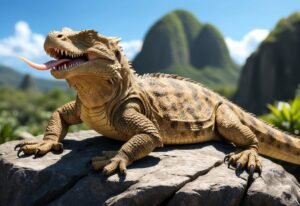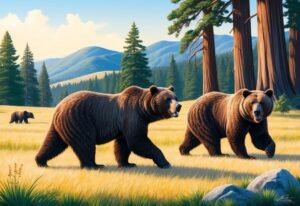Animals with Big Ears: Nature’s Sound Catchers

Big ears help animals survive by improving hearing for detecting predators and controlling body temperature in hot environments.

Big ears help animals survive by improving hearing for detecting predators and controlling body temperature in hot environments.

Cats can recognize and distinguish their names among other words, showing cognitive abilities and distinct responses compared to dogs.

Honey bees not only produce honey but also play a vital role in pollination, helping plants reproduce and grow foods we eat, with distinct roles in their colonies.

Johnny Appleseed, real name John Chapman, was a pioneering orchardist who planted apple trees across the American frontier, primarily for making hard cider, and became a legendary figure known for his kindness and simplicity.

Lolita, a captive killer whale for over 50 years at Miami Seaquarium, was set to return to her home waters but sadly passed away in August 2023 before release.

Komodo dragons, the largest living lizards, are powerful predators endemic to a few Indonesian islands, with a dangerous bite and facing threats from habitat loss.

The Sumerians, living in southern Mesopotamia 6,000 years ago, created the first great civilization with key inventions like writing and city-building.

California grizzlies, a unique type of brown bear that primarily ate plants, roamed California until the 1920s, but were hunted to extinction by settlers.

Conductors, like metals, allow electricity to flow easily due to free-moving electrons, while insulators, like rubber, block the flow to protect us from shocks.

Mouse lemurs, tiny nocturnal primates exclusive to Madagascar, showcase vast genetic diversity and face habitat loss threats, highlighting the need for conservation.